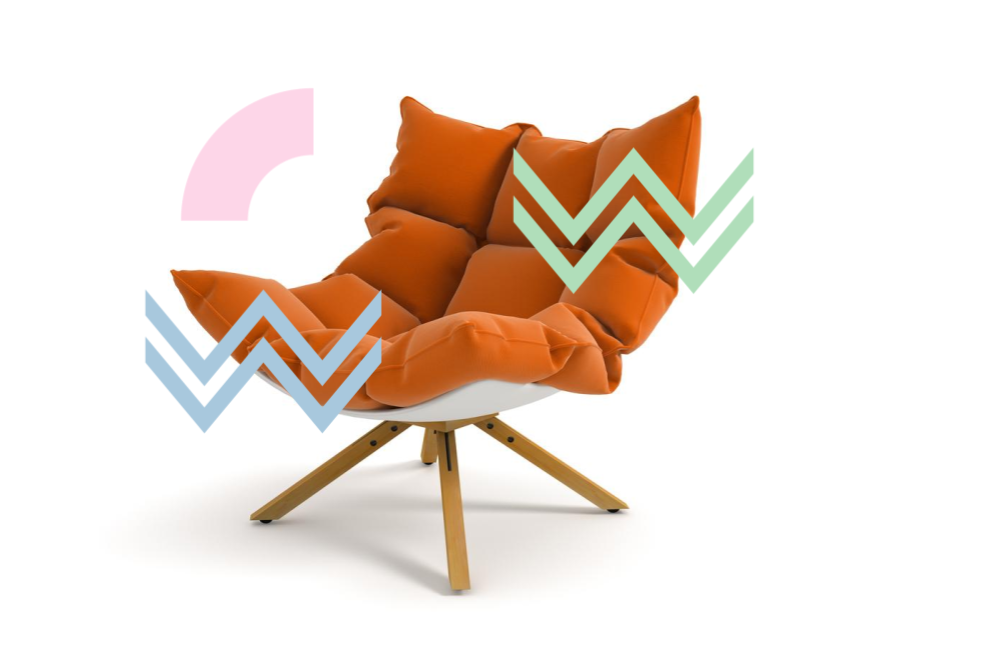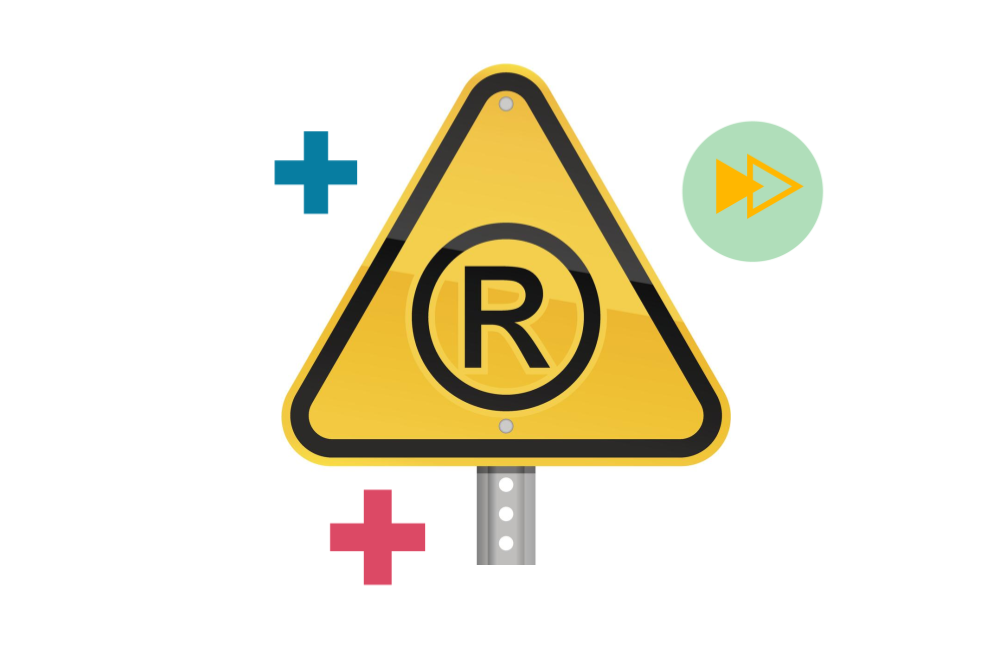
Author Matt Sammon
When it comes to Intellectual Property, design rights and registered design protection are commonly underutilised and undervalued. It is not only possible, but very cost effective to secure design protection and doing so can give your business a valuable IP right and ensure a significant commercial advantage on which to propel your business forward.
For many businesses its second nature to protect their trade marks or inventions but in our experience more time and consideration should be directed to considering and securing design protection. Many businesses put a great deal of time and energy into designing attractive products that will attract customers, so why not protect that investment. In this article, our IP specialists discuss the importance of design rights and how your brand can protect its design(s).
What does design protection cover?
Design protection allows you to secure protection for the look and appearance of a product. In the UK and the European Union a design is defined as:
‘the appearance of the whole or a part of a product resulting from the features of, in particular, the lines, contours, colours, shape, texture and/or materials of the product itself and/or its ornamentation’
This is a very broad definition and in layman terms it means the look and feel of your product can be protected. Designs can be both 2 or 3 dimensional and might typically include:
- The shape of a product or its packaging such as a unique tyre tread, the shape and contours of a phone, the shape of a bottle
- The pattern applied to a product, such as a wallpaper design, textile pattern, decorative phone cases
There are certain aspects that are excluded from protection, which include:
- Aspects of a design that are not visible during normal use of a product
- Designs that are solely dictated by technical function
- Designs that must be reproduced in their exact forms and dimensions in order to permit the product to be connected to or placed in, around or against another product so that either product may perform its function
In addition, in order to qualify for protection a design must be ‘new’ and have ‘individual character.’ To meet these criteria a design has to be different from designs that currently exist in the marketplace, which includes your own designs.
Whilst a design has to be ‘new’ in order to qualify for protection, there is a grace period for UK and EU design applications which means that you potentially have up to 12 months to file a design application after you first put that design into the public domain. However, it is best practice to file a design application before you make the design public so that you are protected from day one, a specialist IP firm like Sonder & Clay can support you with your application.
How can you get design protection?
There are 2 types of design protection in the UK and EU:
- Unregistered design right
- Registered design protection
- Unregistered design right
Unregistered design right arises automatically when a new design is created and the right is owned by the creator, or in the case where an employee creates a design in the course of their employment, the employer.
Unregistered design right is not a strict monopoly right but does afford protection against direct copying of your design. If your design has been copied and the copy ‘does not create a different overall impression on the informed user,’ then there may be a case for unregistered design right infringement meaning that you can take action to prevent the continued copying of that design.
UK unregistered design right will last for 15 years from the creation of the design, or 10 years from when the design is first marketed, whichever is the shorter.
EU unregistered design right will last for 3 years from creation. However, it is important to note that once the Brexit transition period ends on 1 January 2021 EU unregistered design right protection will no longer be valid in the UK. EU unregistered design right protection that exists before 1 January 2021 will continue to be protected for the remainder of its term by an equivalent UK right.
As there is no formal registration process the main benefit of unregistered design right protection is the fact that there is no cost involved, however, it is important to keep good records of when and where a design was created and by whom in order to evidence ownership.
- Registered Design Protection
Unlike unregistered design right, securing registered design protection provides you with a strict monopoly right. This gives you the right to prevent use or reproduction of any design which ‘does not create a different overall impression on the informed user.’
In addition, registered design protection can last for longer, a total of 25 years, although renewal fees are payable every 5 years.
A longer lasting monopoly right is clearly superior to unregistered design protection, the only downside being that there is a cost involved in securing protection. However, both the UK Intellectual Property Office and the EU Intellectual Property Office allow the filing of ‘multiple’ design applications for a reduced filing fee. This means that you can secure protection for several designs in a single application.
If you plan your filing carefully you can secure valuable protection and minimize the costs.
Failure to secure registered design protection can result in a much shorter period of protection and a weaker right limited to direct copying, so we would advise you to discuss any new designs with your IP advisors to devise the most appropriate protection strategy to suit the commercial importance of the design and your budget for protection.
Recommendations
Focus on protecting what is most valuable to the business and what will give you the greatest commercial advantage. This can be hard to navigate when confronted by the different types of IP protection afforded by designs, copyright, trade marks and patents.
It’s important to identify what aspects of a product or service are unique to your business and discuss the most appropriate form of protection with you IP advisors. Don’t be afraid to discuss budgets for IP protection to allow your advisor to develop a suitable strategy that utilises the different forms of design protection, both registered and unregistered, to make sure that you are in the best position possible to defend your rights and ensure maximum commercial gain.
We create real IP value
From the everyday to the IP emergency, our accomplished Chartered Trade Mark Attorneys and IP Solicitors are driven to get the very best outcome for every brief for every client, every time! Sonder & Clay are a full service IP law firm with proven expertise and results in IP protection, strategy, disputes, and exploitation. Learn more about our IP services or get in touch with us for a complimentary IP audit today.



